Although the speed of sound in a range of electrolytes has been well studied since the 1950s, only the overall effect of these ions in a solution has ever been measured. Now Theo van de Ven and Yiwei Jiang have quantified the speed of sound in aqueous solutions for specific ions and discovered that anions decrease the speed of sound – as expected – while surprisingly cations actually speed it up.
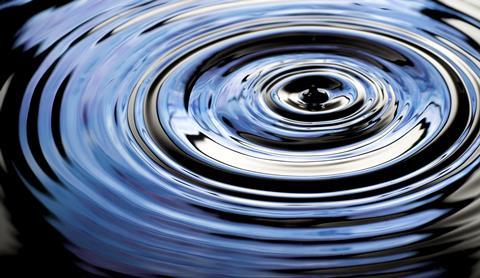
Van de Ven says that ‘it was a bit surprising’ that no one had apparently ever looked into this before. He adds that having a better understanding of the effects of different components in a solution on the speed of sound could be a valuable tool for analysing the composition of complex solutions.
The acoustic studies were initially motivated by attempts to replace plastics and textiles with more sustainable materials based on cellulose, the main component of wood. To this end, van de Ven and Jiang had made solutions containing nanocellulose and dissolved cellulose that they could extrude to create plastics and textiles. Previous studies had suggested that the ratio of molecularly dissolved cellulose to nanocellulose determined the properties of the extruded material but they had no reliable means of precisely identifying the composition of their solutions.
‘It’s very hard to separate [the components of the solution] because everything is tangled and small,’ explains van de Ven. ‘So we wanted to find a technique where we can send something through and measure something, and sound seemed to be the ideal way of investigating and interrogating these solutions.’
Although there are plenty of references in the literature for the speed of sound in different salt solutions they all cite values for the net salt – the combined effect of the cations and anions. This makes sense as ‘you can’t have solutions of only positive ions or only negative ions’, van de Ven points out. Nonetheless, they were not looking at a simple salt solution, but a complex mixture containing different dissolved molecules. As a result, they set about finding a way to quantify the contributions of individual ions.
The team used an acoustic spectrometer to measure the speed of sound through solutions of 11 different salts. They then turned to the equation first devised by the British physicist Albert Beaumont Wood to describe the intrinsic speed of sound for particles in suspension. The Wood equation extracts parameters for the speed of sound based on the volume fraction of particles in a suspension. With their measurements in hand van de Ven and Jiang could then solve the Wood equation to get the speed of sound in water containing each of these 11 salts.
Normally, ions would be expected to decrease the speed of sound, and for anions this was the case. However, for cations the speed of sound was faster than in water. Van de Ven and Jiang attribute this to the hydration layer around cations – their positive charge causes the water molecules to arrange themselves around the ion in a structure that is more similar to ice than water. As the speed of sound in ice is faster than in water, this explains why sound travels quicker when passing through cations.
The finding helped van de Ven explain why measurements of the speed of sound in solutions and suspensions of cellulose varied despite the concentrations being the same. ‘We were not experts in the speed of sound,’ says van de Ven. ‘We just thought this is an interesting method as an analytical tool to get information about a system.’
Chen Ling at the College of Chemistry at Bejing Normal University in China, who has studied acoustic phonons in crystalline solids, says that the work is ‘a significant advancement’. She adds that introducing intrinsic sound speed to quantify ion contributions to the speed of sound in solutions ‘illuminates a previously challenging aspect of solution analysis and holds promise for extensive applications across diverse fields, including hydrogel thermoelectrics, ionic transport engineering, heat transmission management and manipulation of crystal liquid duality’.
References
Y Jiang and TGM van de Ven, J. Phys. Chem. Lett., 2024, 15, 4125 (DOI: 10.1021/acs.jpclett.4c00318)



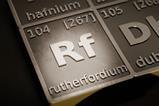
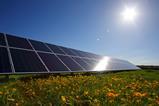
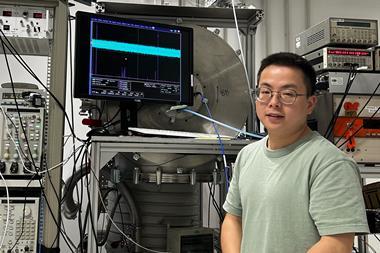

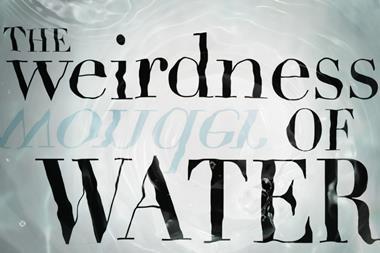

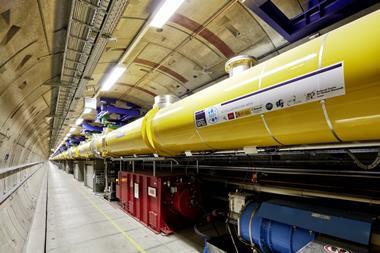
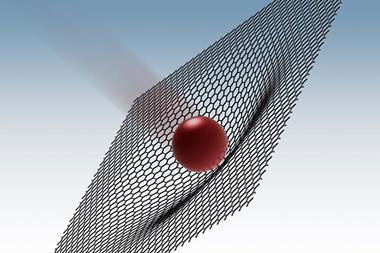






No comments yet